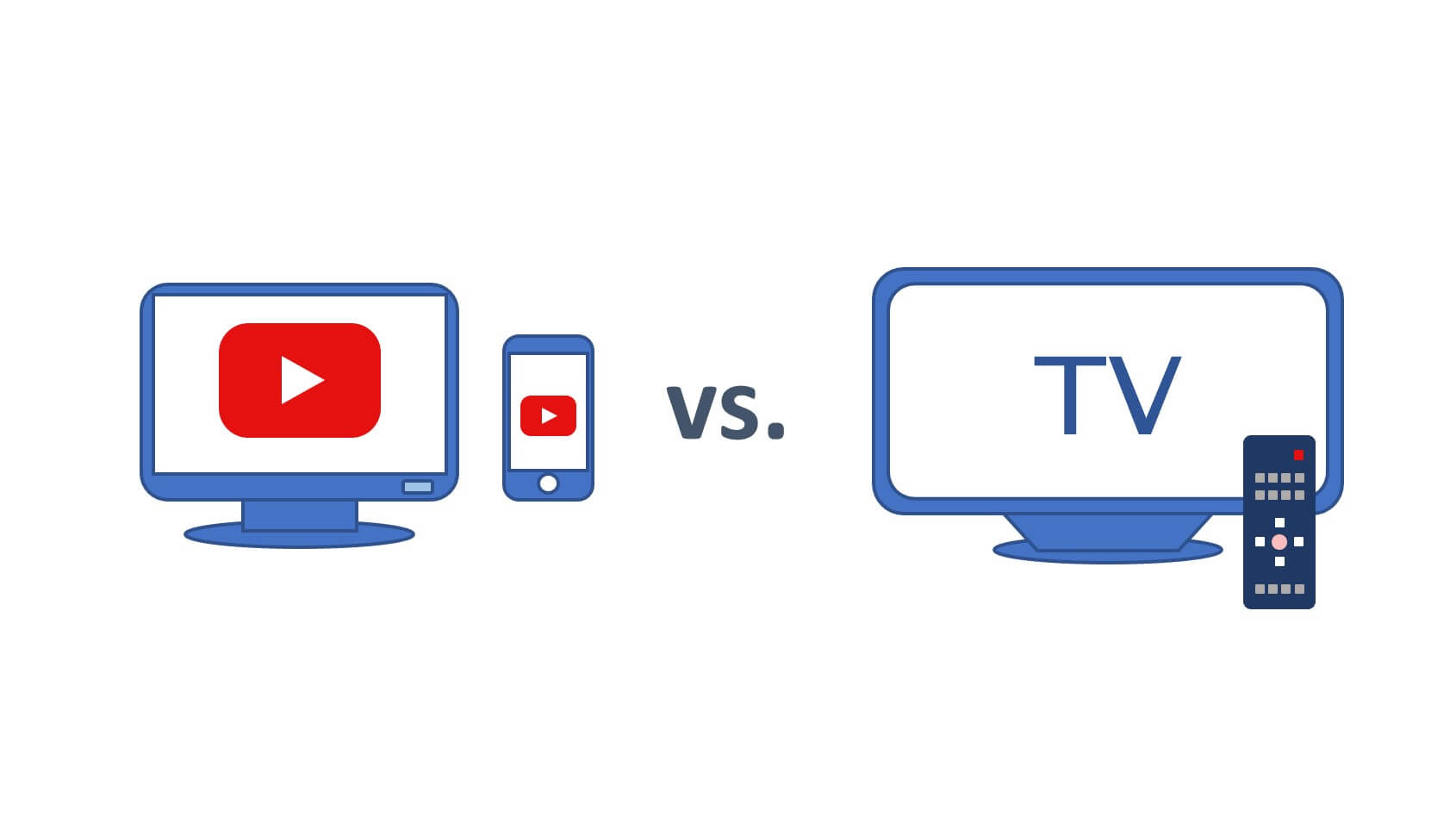Reactions to this topic range from
“OMG, this is the return to Shotgun Marketing” via
“This is fortification to already existing walled gardens” to
“Nevermind, reach & conversion were overstated big time anyway”.
Whatever is yours: With Google’s move, around 90% of global browsers will block 3rd party cookies by end of 2021. This makes targeted digital ads a much more difficult endeavor. Privacy folks cheer, agencies and ad-techies grumble.
True, sudden death has been a long-time coming, with GDPR plus users blocking sweets proactively. And IMHO – despite all privacy concerns – a world with relevant advertising would certainly be more desirable to a world where I am hunted by dog food.
So what can CMOs do?
(1) Without being cynical: Big tech will be happy to continue offering you behavioral advertising. It just has to happen within their respective universe
(2) Invest into your own “1st party cookies”: Client studies at Analyx have shown repeatedly how valuable it is to invest into your own “1st party cookies”, online and offline (Direct Mail, Loyalty).
(3) Contextual advertising will come and the same is true for machine learning techniques that will offer cross-device tracking without the use of any cookie technology
(4) Consider where you actually NEED individual tracking: For example, global budget allocation in marketing using advanced econometrics works fine with aggregated data and allows for markedly higher MROI without any privacy concerns.
How do you prepare for the looming #cookiepocalypse?
#WednesdayWhizz
Further reading:
- https://thenextweb.com/podium/2020/05/14/no-need-to-mourn-the-death-of-the-third-party-cookie/
- https://omr.com/de/cookiecalypse-tod-des-cookies-ben-bunte-performance-media/
- https://www.modernretail.co/platforms/cookiepocalypse-what-the-death-of-the-third-party-cookie-means-for-retailers/
- https://www.horizont.net/tech/kommentare/die-folgen-der-cookiekalypse-warummarketing-mix-modelling-jetzt-ein-comeback-feiert-180991
Picture credit: https://www.flickr.com/photos/posterboynyc/




This seemingly provocative question has gained increasing traction within the media community and the impact of budget shifts is a very relevant consideration among CMOs.
Those who attended the digital #dmexco2020 may have seen Karen Nelson-Field PhD present about video advertising effectiveness. We learned about differences between TV, YouTube and other video formats in terms of attention, viewability, coverage, etc. And we concluded that TV is still a leading platform based on this ‘per ad’ impact perspective.
Yet, ROI ultimately determines budget shifts. In our models for clients, YouTube is one of the top channels throughout categories and brands.
Only few brands have (so far) shifted major budgets from TV to YouTube – or even suspended TV altogether. At Analyx, we are currently working on investigating these shifts and their impact on short-term ROI and Brand KPIs, which we observe thanks to our data partnership with YouGov.
We will share our findings on these exciting developments, so watch this space for updates!